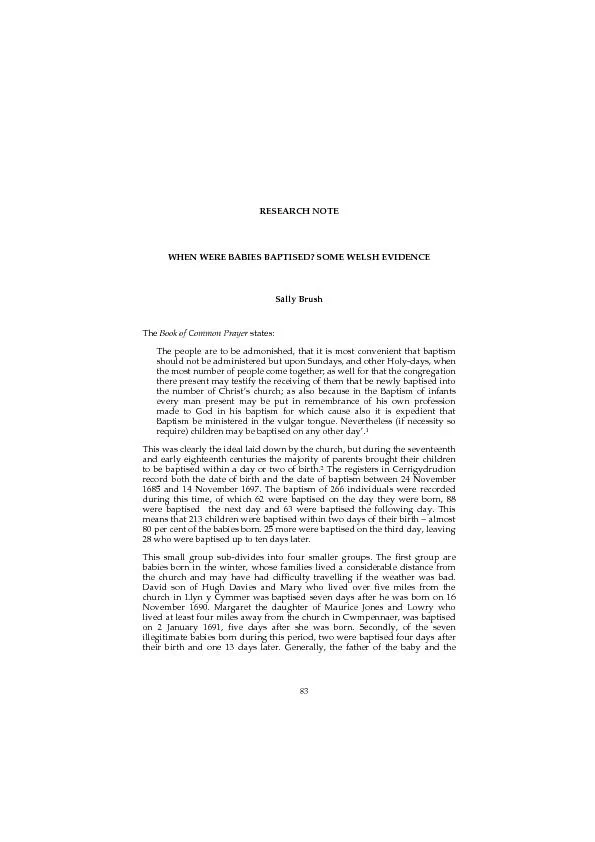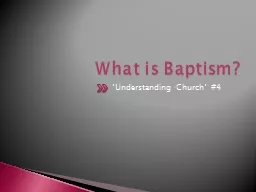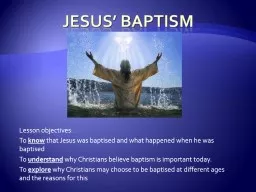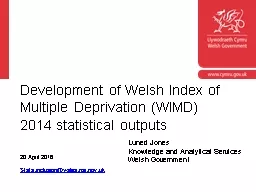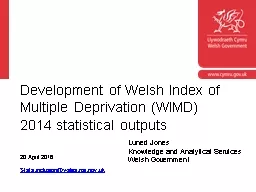PDF-RESEARCH NOTE WHEN WERE BABIES BAPTISED? SOME WELSH EVIDENCE Sally Bru
Author : calandra-battersby | Published Date : 2016-03-02
83 84 godparents made arrangements for the baptism and this may well have been the reason for the delay in these cases The most obvious example is that of John base
Presentation Embed Code
Download Presentation
Download Presentation The PPT/PDF document "RESEARCH NOTE WHEN WERE BABIES BAPTISED?..." is the property of its rightful owner. Permission is granted to download and print the materials on this website for personal, non-commercial use only, and to display it on your personal computer provided you do not modify the materials and that you retain all copyright notices contained in the materials. By downloading content from our website, you accept the terms of this agreement.
RESEARCH NOTE WHEN WERE BABIES BAPTISED? SOME WELSH EVIDENCE Sally Bru: Transcript
Download Rules Of Document
"RESEARCH NOTE WHEN WERE BABIES BAPTISED? SOME WELSH EVIDENCE Sally Bru"The content belongs to its owner. You may download and print it for personal use, without modification, and keep all copyright notices. By downloading, you agree to these terms.
Related Documents

